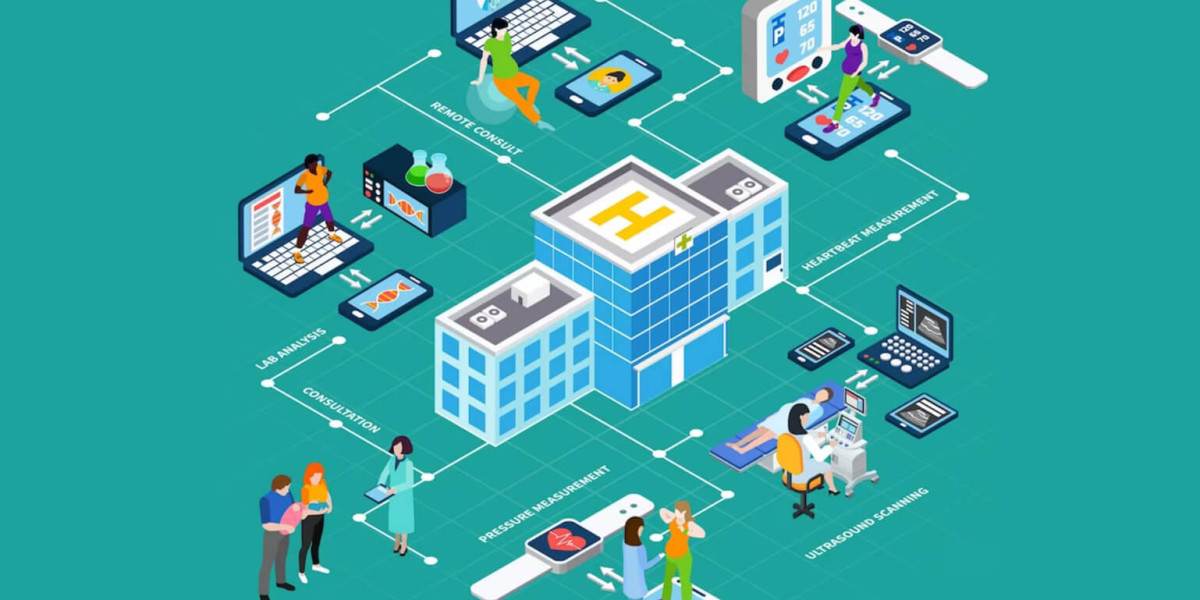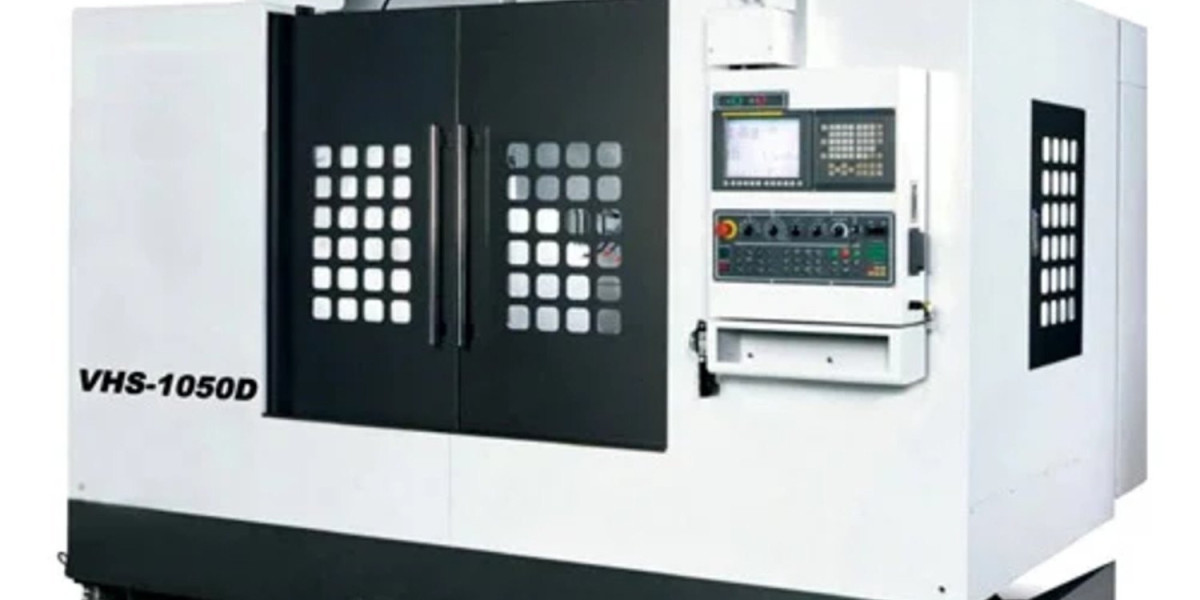Efficient patient flow is a critical aspect of healthcare management, impacting everything from patient satisfaction to the hospital's operational efficiency. Real-Time Location Systems (RTLS) are revolutionizing how hospitals manage patient flow by providing real-time visibility into patient, staff, and equipment locations. This comprehensive guide explores how RTLS can transform patient flow management, enhance patient care, and optimize hospital operations.
What are Real-Time Location Systems (RTLS)?
Real-Time Location Systems are innovative technology solutions that use a combination of hardware (tags and sensors) and software to track the location of people and assets in real-time. In a hospital setting, RTLS can monitor the movements of patients, staff, medical equipment, and even medication, providing valuable data that can be used to streamline operations.
Key Components of RTLS in Healthcare
- Tags and Badges: Worn by patients, staff, or attached to equipment to transmit location data.
- Sensors: Installed throughout the facility to receive signals from tags and badges.
- Software Platform: Processes data from sensors to provide real-time location insights, reports, and analytics.
Benefits of RTLS for Patient Flow Management
Implementing RTLS in a hospital setting offers numerous advantages that can significantly improve patient flow and overall operational efficiency:
1. Reducing Patient Wait Times
One of the primary benefits of RTLS is its ability to minimize patient wait times. By providing real-time visibility into the location of patients, staff, and equipment, hospitals can optimize scheduling and reduce bottlenecks. For instance, if a patient has been waiting in a particular area for too long, alerts can be triggered to ensure timely intervention.
2. Enhancing Patient Experience
RTLS helps create a seamless patient journey from admission to discharge. By tracking patient movements and ensuring that staff is always aware of patient locations, hospitals can provide timely care, reducing patient anxiety and improving satisfaction. Patients spend less time waiting and more time receiving the care they need, enhancing their overall experience.
3. Optimizing Staff Efficiency
RTLS enables hospitals to monitor staff movements, ensuring that they are utilized effectively. By understanding where staff spends most of their time, administrators can identify inefficiencies and optimize workflows. This not only improves patient care but also reduces staff fatigue and burnout, leading to a more productive workforce.
4. Improving Resource Utilization
Effective resource management is crucial in a healthcare setting. RTLS provides insights into equipment usage patterns, helping hospitals manage their assets more effectively. By tracking the location and usage of medical equipment, hospitals can ensure that critical devices are always available when needed, reducing the time spent searching for equipment and minimizing idle time.
5. Enhancing Emergency Response
In emergency situations, every second counts. RTLS enables hospitals to respond quickly to emergencies by providing real-time location data of patients, staff, and equipment. This ensures that the right resources are dispatched to the right location immediately, improving response times and patient outcomes.
Implementing RTLS in Hospitals: Best Practices
Successful implementation of RTLS requires careful planning and execution. Here are some best practices to consider when integrating RTLS into hospital operations:
1. Conduct a Needs Assessment
Before implementing RTLS, hospitals should conduct a thorough needs assessment to understand the specific challenges they are facing. This will help in selecting the right RTLS solution that addresses the unique requirements of the facility, whether it’s reducing patient wait times, improving staff efficiency, or enhancing resource utilization.
2. Choose the Right Technology
Selecting the appropriate RTLS technology is crucial for the success of the implementation. Hospitals should consider factors such as the size of the facility, the types of assets to be tracked, and the desired level of accuracy. Common RTLS technologies include RFID, infrared, ultrasound, and Wi-Fi.
3. Engage Stakeholders
Successful RTLS implementation requires buy-in from all stakeholders, including hospital administration, IT staff, and healthcare providers. Engaging stakeholders early in the process ensures that everyone understands the benefits of RTLS and is committed to its successful deployment.
4. Pilot and Scale
Hospitals should start with a pilot program to test the RTLS system in a controlled environment. This allows them to identify any issues and make necessary adjustments before scaling up. Once the pilot is successful, the system can be rolled out across the entire facility.
5. Train Staff
Proper training is essential to ensure that staff can effectively use the RTLS system. Hospitals should provide comprehensive training programs that cover how to use the system, interpret data, and respond to alerts. Ongoing training and support should also be provided to address any issues that arise.
Real-World Case Study: RTLS Success in Patient Flow Management
Background
A leading hospital faced challenges with patient flow management, resulting in long wait times and inefficient use of resources. The hospital implemented an RTLS solution to track patient movements, staff, and equipment in real time.
Implementation
The hospital used RFID-based RTLS to monitor the location of patients from admission to discharge. Staff wore badges that allowed administrators to track their movements, ensuring they were available where needed. Key medical equipment was also tagged to monitor usage and availability.
Results
- Reduced Wait Times: Patient wait times decreased by 30%, as the hospital could quickly identify and address bottlenecks in the patient flow process.
- Improved Patient Satisfaction: Patient satisfaction scores improved by 20%, as patients experienced faster and more efficient care.
- Enhanced Staff Efficiency: Staff productivity increased by 25%, as administrators could optimize staff deployment based on real-time data.
- Better Resource Utilization: The hospital reduced equipment search times by 40%, ensuring that critical devices were always available when needed.
Future of RTLS in Healthcare
As healthcare continues to evolve, the role of RTLS will become increasingly important. With advancements in technology, RTLS will offer even greater accuracy, scalability, and functionality. Hospitals that embrace RTLS will be better positioned to deliver high-quality care, improve operational efficiency, and enhance patient outcomes.
Conclusion
Real-Time Location Systems are transforming how hospitals manage patient flow, providing real-time visibility into the location of patients, staff, and equipment. By reducing wait times, enhancing patient satisfaction, optimizing staff efficiency, and improving resource utilization, RTLS is helping hospitals deliver better care. As the healthcare landscape continues to evolve, the adoption of RTLS will be critical for hospitals looking to stay ahead.



